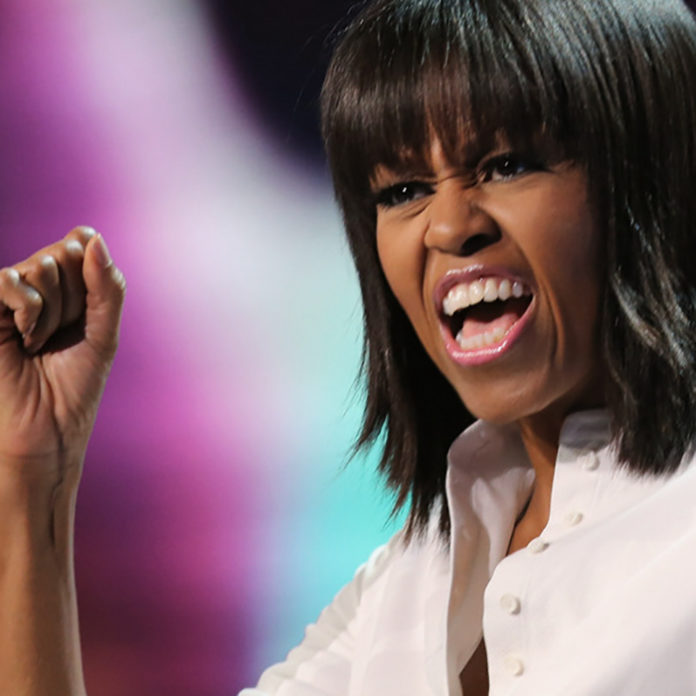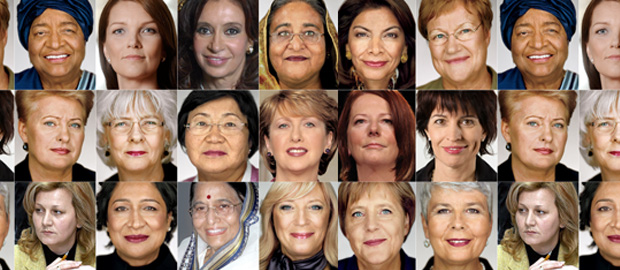
In 1975, during International Women’s Year, the United Nations began celebrating International Women’s Day on 8 March. In December the General Assembly adopted a resolution proclaiming a United Nations Day for Women’s Rights and International Peace to be observed on any day of the year by Member States. This in accordance with their historical and national traditions.
By doing this the General Assembly recognized the role of women in peace efforts and development. This brought an end to discrimination and an increase of support for women’s full and equal participation. International Women’s Day first emerged from the activities of labour movements at the turn of the twentieth century in North America and across Europe.
The first National Woman’s Day was observed in the United States on 28 February1909. The Socialist Party of America designated this day in honour of the 1908 garment workers’ strike in New York, where women protested against working conditions.

The Socialist International, meeting in Copenhagen, established a Women’s Day, in 1910 in character, to honor the movement for women’s rights and to build support for achieving universal suffrage for women. In 1911 the Copenhagen initiative, International Women’s Day was marked for the first time (19 March) in Austria, Denmark, Germany and Switzerland, where more than one million women and men attended rallies. During 1913-1914 International Women’s Day also became a mechanism for protesting World War I. Against the backdrop of the war, in 1917 women in Russia again chose to protest and strike for ‘Bread and Peace’ on the last Sunday in February (which fell on 8 March on the Gregorian calendar). Since those early years, International Women’s Day has assumed a new global dimension for women in developed and developing countries alike. The Charter of the United Nations, signed in 1945, was the first international agreement to affirm the principle of equality between women and men. Since then, the UN has helped create a historic legacy of internationally-agreed strategies, standards, programmes and goals to advance the status of women worldwide.
